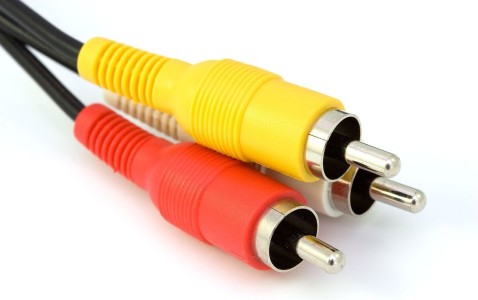In today’s fast-paced world, the constant barrage of noise can be overwhelming. Whether it’s the hum of city traffic, the chatter of coworkers, or the sounds of nature, noise can significantly impact our focus and well-being. This is where noise-cancelling earplugs come into play, providing a solution that helps individuals regain control over their auditory environment. As more people seek refuge from distractions, understanding the functionality and benefits of these innovative devices becomes increasingly important.
Noise-cancelling earplugs utilize advanced technology to reduce unwanted ambient sounds. They work by using microphones to pick up external noise and generating sound waves that are the exact opposite, effectively canceling them out. This process, known as destructive interference, creates a quieter environment, allowing users to concentrate better or simply enjoy a moment of peace. The effectiveness of this technology varies based on the quality of the earplugs and the level of noise in the environment.
One significant advantage of noise-cancelling earplugs is their versatility. They can be used in various settings, from bustling offices to crowded public transport. This adaptability makes them a popular choice for students studying in libraries or professionals needing to focus during meetings. Additionally, they are beneficial for travelers who wish to block out the sounds of airplane engines or hotel noise, enhancing the overall travel experience.
Comfort is another crucial factor when it comes to choosing earplugs. Many users find that traditional foam earplugs can cause discomfort after prolonged use. In contrast, noise-cancelling earplugs are often designed with softer materials and ergonomic shapes that conform to the ear’s natural contours. This design ensures that users can wear them for extended periods without discomfort, making them ideal for long flights or workdays.
The effectiveness of noise-cancelling earplugs can also depend on the level of noise they are designed to block. Some models are specifically engineered for high-frequency sounds, such as voices or alarms, while others are better suited for low-frequency noises, like machinery or traffic. Users should consider their specific needs and the environments they frequent when selecting the right pair of earplugs.
Another aspect worth mentioning is the importance of proper maintenance and care for noise-cancelling earplugs. Regular cleaning is essential to ensure hygiene and maintain performance. Users should follow the manufacturer’s instructions for cleaning and storing the earplugs to prolong their lifespan. Neglecting this aspect can lead to a decrease in effectiveness and comfort over time.
In addition to their noise-reduction capabilities, many modern earplugs come equipped with additional features. Some models include Bluetooth connectivity, allowing users to listen to music or take calls without removing the earplugs. Others may have built-in microphones for voice commands or active noise cancellation features that adjust based on the surrounding sound levels. These added functionalities enhance the user experience and make noise-cancelling earplugs even more appealing.
Cost is also a consideration when selecting noise-cancelling earplugs. Prices can vary widely based on brand, features, and technology used. While some may opt for budget-friendly options, investing in a higher-quality pair can yield better performance and durability. It’s essential for consumers to weigh their options and choose a product that fits their needs and budget.
As noise pollution continues to rise, the demand for effective noise-cancelling solutions is likely to increase. Future research could explore the development of even more advanced materials and technologies that enhance noise cancellation. Additionally, studies on the long-term effects of noise exposure on health could further highlight the importance of using noise-cancelling earplugs in everyday life.
In summary, noise-cancelling earplugs represent a valuable tool for those seeking to mitigate the effects of noise pollution in their lives. Their ability to provide comfort and focus in various environments makes them a worthwhile investment. As technology continues to evolve, future research should aim to enhance their effectiveness and explore new applications, ensuring that users can always find peace in a noisy world.

